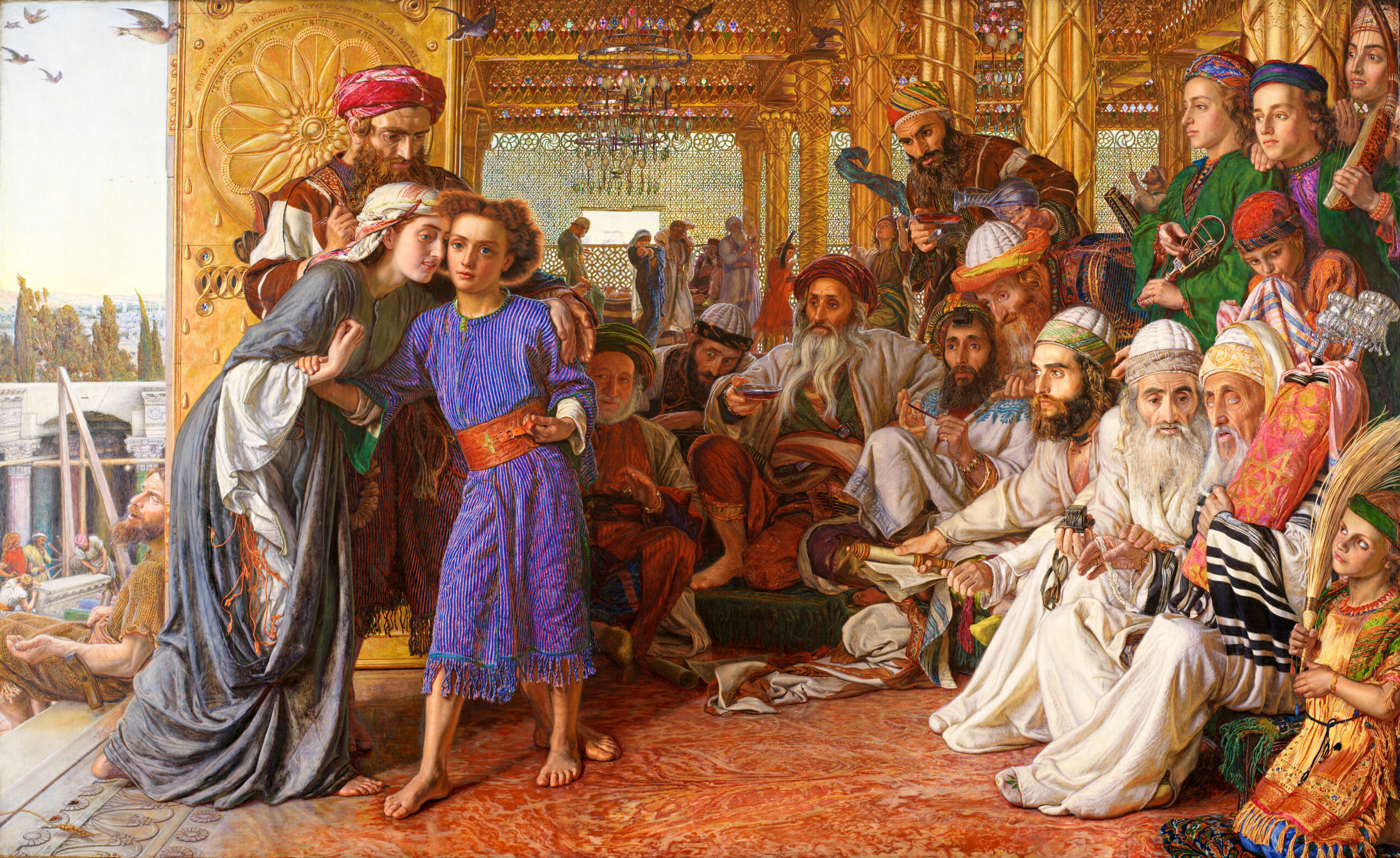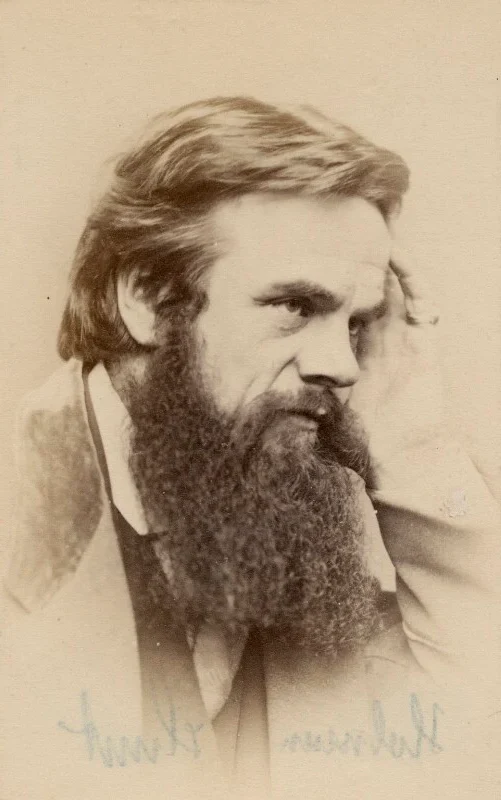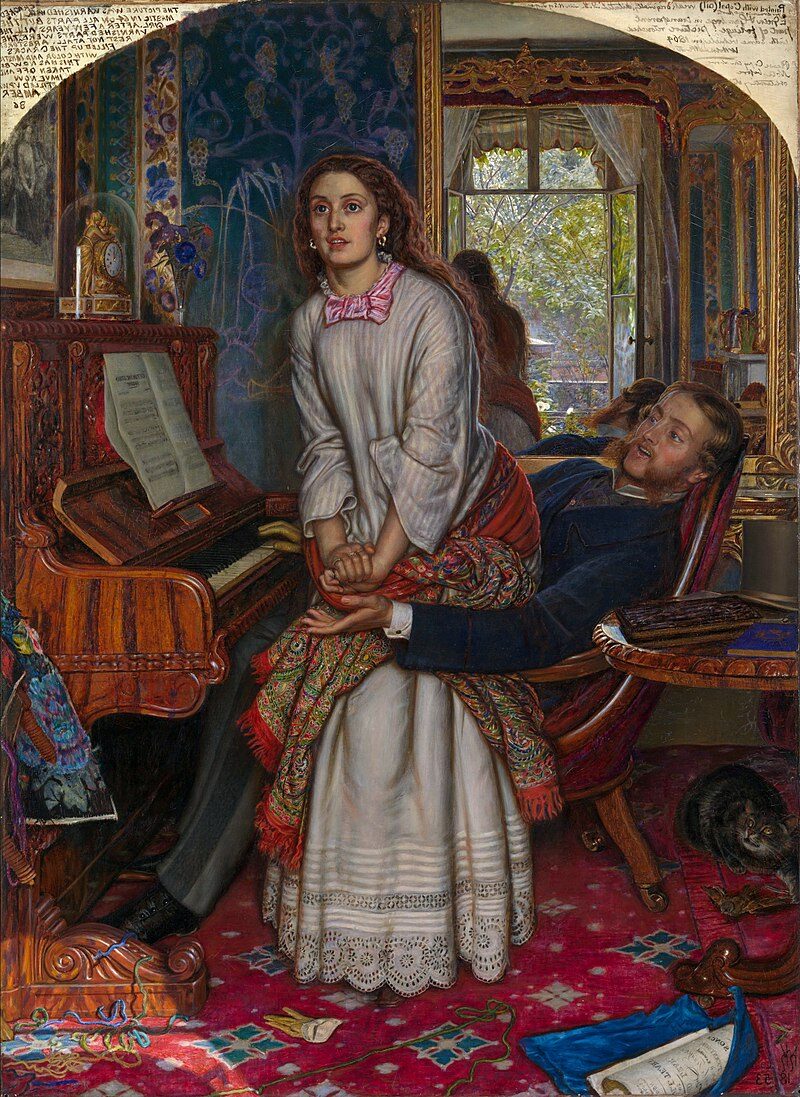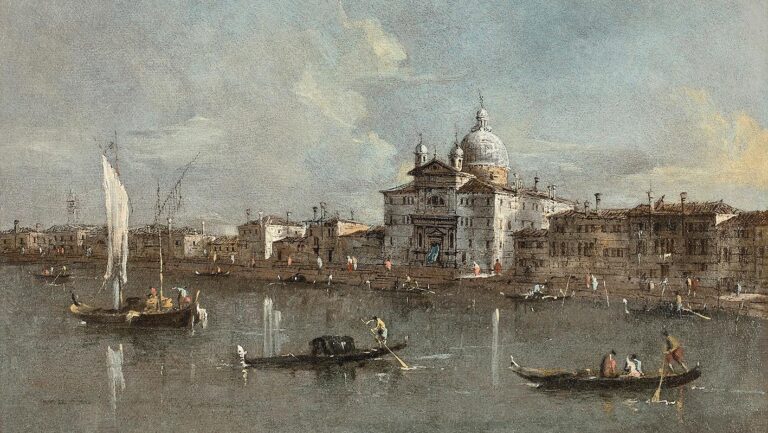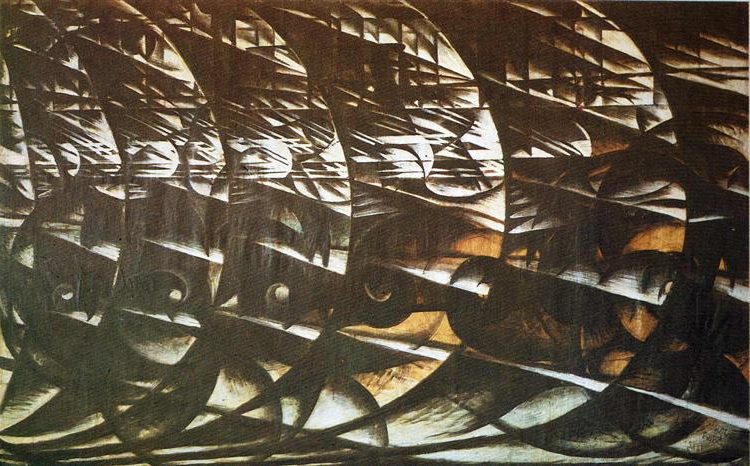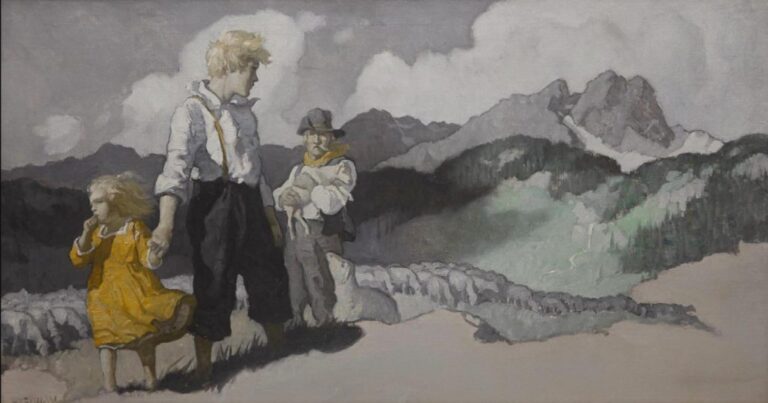William Holman Hunt Painter: Pioneer of the Pre-Raphaelite Movement
Born: 2 April 1827, London, England
Death: 7 September 1910, London, England
Art Movement: Orientalist, Pre-Raphaelites
Nationality: British
Institution: Royal Academy of Arts
William Holman Hunt Painter: Pioneer of the Pre-Raphaelite Movement
Biography and Artistic Beginnings
William Holman Hunt emerged as a prominent figure in Victorian art through his dedication to detailed realism and symbolic imagery. His journey from humble beginnings to co-founding the influential Pre-Raphaelite Brotherhood shaped his distinctive artistic vision.
Early Life and Education
William Holman Hunt was born on April 2, 1827, in Cheapside, London. He came from a modest background, which initially presented obstacles to his artistic aspirations.
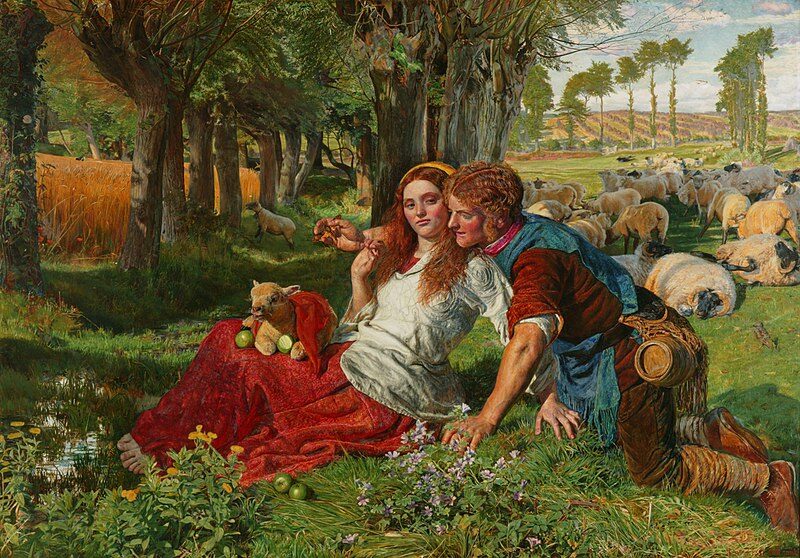
The Hireling Shepherd, 1851, by William Holman Hunt
Hunt’s father, a warehouse manager, opposed his son’s interest in art as a profession. Despite this opposition, the young Hunt persisted in his creative pursuits.
At sixteen, he began working as an office clerk while attending evening art classes. His determination eventually paid off when he secured admission to the prestigious Royal Academy Schools in 1844.
At the Academy, Hunt received formal training but grew increasingly dissatisfied with the conventional artistic techniques being taught. This frustration would later fuel his desire to reform artistic practices.
Formation of the Pre-Raphaelite Brotherhood
In 1848, Hunt joined forces with fellow artists John Everett Millais and Dante Gabriel Rossetti to establish the Pre-Raphaelite Brotherhood (PRB). This revolutionary artistic movement aimed to challenge established Victorian artistic conventions.
The Brotherhood rejected what they viewed as the mechanical approach to art promoted by the Royal Academy. Instead, they advocated for a return to the detailed, colorful style of painting that existed before Raphael.
Hunt and his colleagues embraced principles of truth to nature, detailed observation, and vibrant colors. They signed their paintings with the initials “PRB,” marking their rebellion against mainstream artistic practices.
The group published a journal called “The Germ” to spread their artistic philosophy. Though the formal Brotherhood lasted only a few years, its influence on Hunt’s work remained throughout his career.
Influence of John Ruskin
Art critic and theorist John Ruskin became a crucial influence on Hunt’s artistic development. Ruskin’s writings, particularly “Modern Painters,” provided intellectual validation for the Pre-Raphaelite approach.
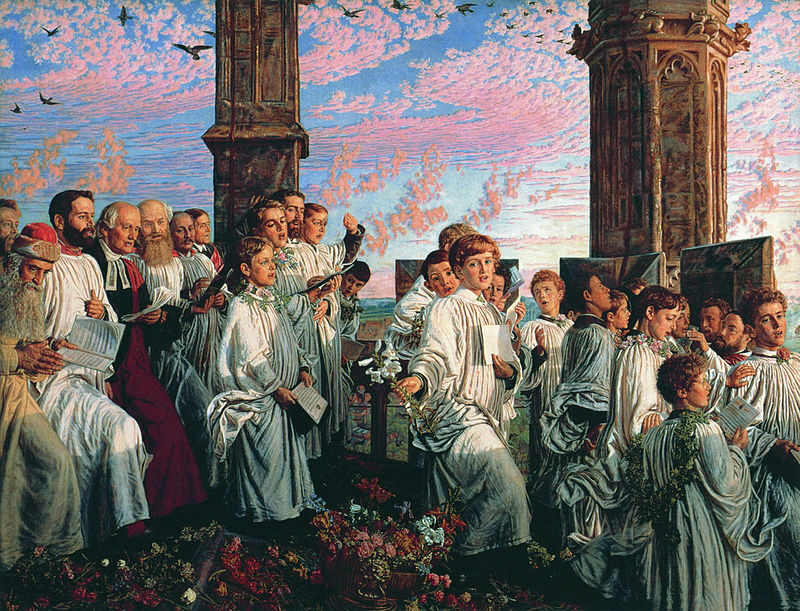
May Morning on Magdalen Tower, 1890, by William Holman Hunt
Ruskin praised Hunt’s dedication to natural detail and moral purpose in art. This validation proved crucial when early Pre-Raphaelite works faced harsh criticism from the artistic establishment.
Hunt embraced Ruskin’s philosophy that art should represent nature truthfully while conveying moral and spiritual messages. This influence is evident in Hunt’s meticulous attention to natural details and use of symbolism.
Their relationship extended beyond theory, with Ruskin providing financial support and commissioning works from Hunt. This patronage allowed Hunt to develop his distinctive style without compromising his artistic principles.
Major Works and Themes
William Holman Hunt created art marked by vivid colors, precise details, and deep symbolic meaning. His paintings often explored religious and moral themes, reflecting his spiritual beliefs and desire to convey meaningful messages through art.
Iconic Paintings and Symbolism
The Light of the World (1851-1853) stands as Hunt’s most famous work, depicting Christ knocking at an overgrown door, symbolizing the human soul. This painting’s popularity led Hunt to create multiple versions that toured the world.
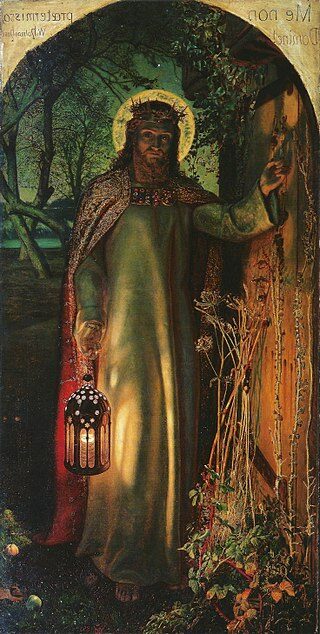
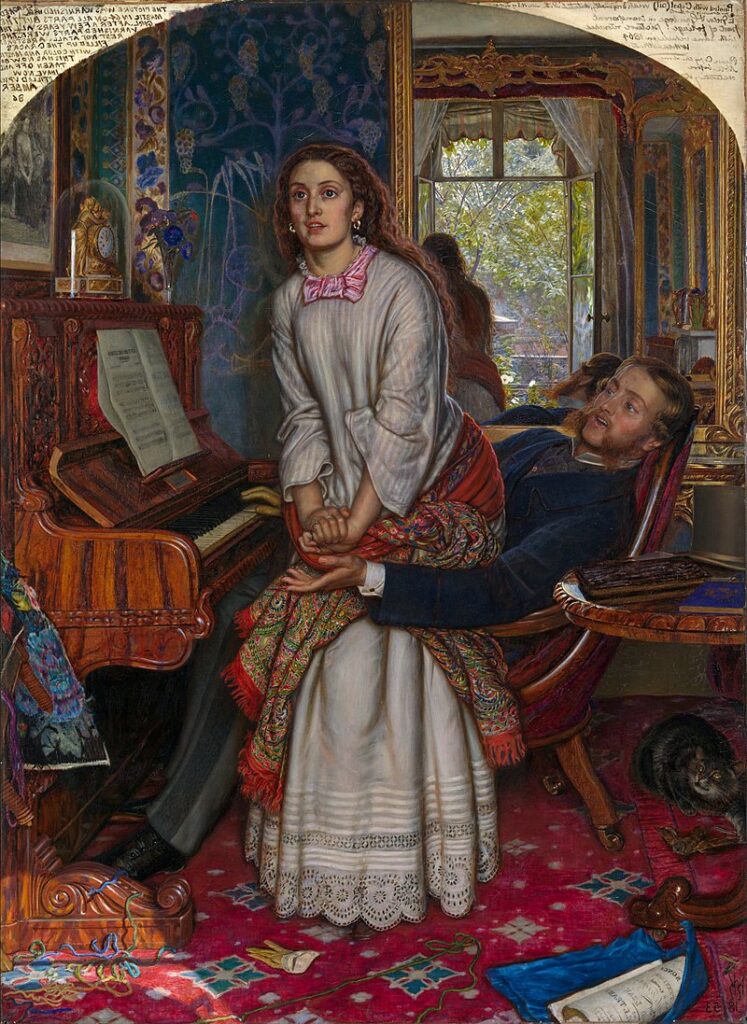
The Awakening Conscience (1853) portrays a kept woman rising from her lover’s lap, the moment of her moral awakening. Hunt filled the canvas with symbolic details—a tangled thread representing her complicated life, a cat toying with a bird suggesting predatory relationships.
The Scapegoat (1854-1856) shows a goat wandering near the Dead Sea, representing both biblical sacrifice and Hunt’s vision of atonement. For this painting, Hunt traveled to the Middle East seeking authentic settings.
The Lady of Shalott (1905) portrays Alfred Tennyson’s tragic heroine, demonstrating Hunt’s ongoing interest in literary themes alongside religious ones.
Technique and Realism
Hunt’s commitment to realism defined his artistic approach. He painted directly from nature whenever possible and conducted extensive research for historical accuracy.
For The Finding of the Saviour in the Temple (1854-1860), Hunt spent years in Jerusalem studying local architecture, costumes, and people to create an archaeologically accurate setting for this biblical scene.
His technique involved building up thin, transparent layers of paint to achieve luminous colors. This meticulous process often meant Hunt took years to complete a single work.
Hunt’s attention to detail extended to every element in his compositions. In The Hireling Shepherd (1851), he painted each blade of grass and sheep’s wool with precise observation, creating a hyperrealistic effect uncommon in his era.
Religious and Moral Narratives
Hunt’s deep religious convictions drove his artistic choices. He viewed art as a vehicle for spiritual truth and moral education rather than mere decoration.

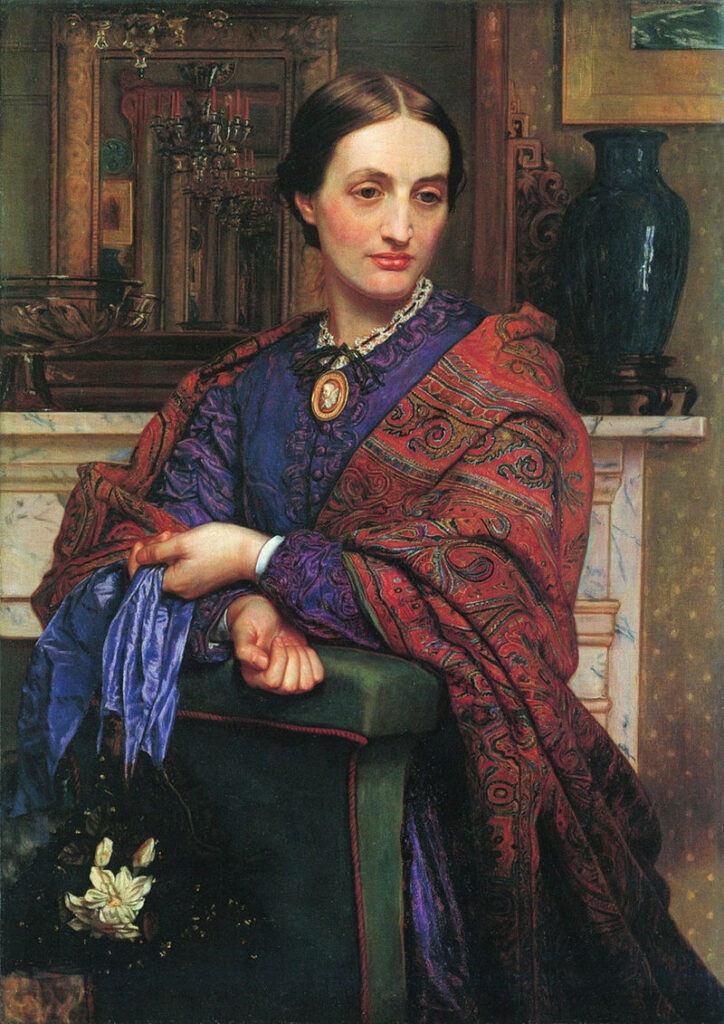
The Shadow of Death (1870-1873) depicts Jesus as a carpenter stretching after work, his shadow forming the shape of crucifixion on the wall behind him. This powerful foreshadowing shows Hunt’s ability to blend everyday reality with profound spiritual meaning.
The Triumph of the Innocents (1876-1887) presents the Holy Family’s flight to Egypt accompanied by the spirits of slaughtered children. The painting combines biblical narrative with Hunt’s distinctive allegorical approach.
Hunt often used contemporary settings for moral messages. He believed art should address modern spiritual concerns rather than simply recreate historical scenes. This conviction made his religious paintings particularly resonant with Victorian viewers seeking moral guidance.
Influence and Legacy
William Holman Hunt left an indelible mark on British art through his detailed paintings, symbolic approach, and dedication to truth in artistic representation. His techniques and philosophy continue to be studied by art historians and remain influential in contemporary discussions about realism and symbolism in art.
Contribution to British Art
Hunt’s meticulous attention to detail and vibrant color palette revolutionized British painting in the mid-19th century. As a founding member of the Pre-Raphaelite Brotherhood, he challenged the conventional academic styles taught at the Royal Academy.

London Bridge on the Night of the Marriage of the Prince and Princess of Wales, 1864
His integration of symbolic storytelling with realistic representation created a distinctive visual language that influenced generations of artists. Hunt’s approach drew inspiration from Thomas Carlyle’s philosophical writings and the techniques of Quattrocento Italian Art, particularly early Renaissance masters like Giotto.
Hunt’s religious paintings, especially those created during his travels to the Middle East, brought unprecedented authenticity to biblical scenes in Western art. His work “The Light of the World” became one of the most reproduced religious images in British history.
Impact on Followers and the Pre-Raphaelite Legacy
Hunt maintained the Pre-Raphaelite principles most faithfully among the founding members, even as others moved toward different styles. His commitment to “truth to nature” inspired younger artists like Edward Robert Hughes who continued working in a similar vein.
The Pre-Raphaelite movement, which Hunt helped establish, transformed British artistic sensibilities and challenged Victorian aesthetic norms. Their collective emphasis on nature, literary themes, and moral purpose influenced subsequent art movements.
Hunt’s teaching and writings helped codify the Pre-Raphaelite approach for later generations. His memoir “Pre-Raphaelitism and the Pre-Raphaelite Brotherhood” (1905) became an important primary source for understanding the movement’s objectives and development.
Works in Major Collections
Hunt’s paintings now grace prestigious institutions worldwide, confirming his enduring significance. The Tate Gallery in London houses several of his masterpieces, including “The Awakening Conscience” (1853) and “The Scapegoat” (1854-56).

The Scapegoat, 1856, by William Holman Hunt
The Lady Lever Art Gallery features important Hunt works like “The Finding of the Saviour in the Temple” (1854-60). This piece demonstrates his commitment to historical accuracy in religious subjects, following his travels to the Holy Land.
His most famous work, “The Light of the World,” exists in multiple versions. The original is at Keble College, Oxford, while a later version hangs in St Paul’s Cathedral. These works continue to attract visitors who appreciate Hunt’s technical brilliance and spiritual depth.
Hunt’s paintings frequently appear in international exhibitions exploring Victorian art, Pre-Raphaelite themes, and religious imagery, ensuring his artistic legacy remains alive for contemporary audiences.
Frequently Asked Questions
William Holman Hunt left a significant mark on the art world through his distinctive painting style, notable works, and religious themes. His art combined precise detail with vivid colors and symbolic elements that reflected his deep spiritual convictions and travels.
What are the defining characteristics of William Holman Hunt’s painting style?
Hunt’s painting style featured extraordinarily detailed compositions with vibrant, luminous colors. He paid meticulous attention to even the smallest elements in his works.
His paintings often contained elaborate symbolism, with nearly every object carrying deeper meaning. This approach created layers of interpretation for viewers.
Hunt used bright, jewel-like colors and strong lighting effects. He typically painted directly from nature rather than from memory, seeking absolute truth in representation.
Which paintings by William Holman Hunt are considered his most significant works?
“The Light of the World” (1851-1853) is perhaps Hunt’s most famous painting, depicting Christ knocking at a door with no handle. It became widely recognized and reproduced.
“The Scapegoat” (1854-1856) stands out for its powerful religious symbolism and was painted during Hunt’s first journey to the Middle East.
“The Awakening Conscience” (1853) showcases Hunt’s moral and social concerns through its portrayal of a kept woman having a moment of realization about her situation.
How did William Holman Hunt contribute to the Pre-Raphaelite Brotherhood movement?
Hunt was one of the three founding members of the Pre-Raphaelite Brotherhood in 1848, along with Dante Gabriel Rossetti and John Everett Millais. He remained most faithful to the group’s original principles throughout his career.
He championed the Brotherhood’s core ideals of returning to detailed, vibrant artistic styles that preceded Raphael. This approach rejected what they viewed as the mechanistic conventions of Renaissance painting.
Hunt’s unwavering commitment to painting directly from nature and incorporating symbolic meaning exemplified the movement’s artistic philosophy.
Can you discuss the religious and spiritual themes present in Hunt’s artwork?
Religious subjects dominated Hunt’s work, reflecting his deep Christian faith. He often depicted biblical scenes with historical accuracy and symbolic depth.
Hunt sought to convey spiritual truths through literal and symbolic representation. His works like “The Finding of the Saviour in the Temple” demonstrated his commitment to religious authenticity.
His religious paintings aimed to inspire spiritual awakening in viewers. He believed art should serve as a moral guide and convey profound religious messages accessible to all.
What was the impact of the Middle East on William Holman Hunt’s painting subjects and techniques?
Hunt made several journeys to the Middle East, particularly to the Holy Land, searching for authentic settings for his biblical scenes. These travels greatly influenced his work from the 1850s onward.
The intense light and vivid colors of the Middle Eastern landscape transformed his palette. He captured the region’s distinctive atmosphere in works like “The Scapegoat.”
Hunt believed painting biblical scenes in their original locations would lend his religious works greater authenticity and spiritual power.
How did William Holman Hunt’s personal life and beliefs influence his artwork?
Hunt’s strong religious convictions shaped nearly all his major works. His conversion to a more devout form of Christianity in his early career guided his artistic choices and subjects.
His marriages influenced his art in subtle ways. His second wife Fanny became a model for some of his works. Personal tragedies like her death affected the emotional tone of his later paintings.
Hunt’s belief in art as a moral force drove him to create works with educational and spiritual purposes. He saw himself as having a mission to communicate moral and religious truths through his detailed, symbolic paintings.

